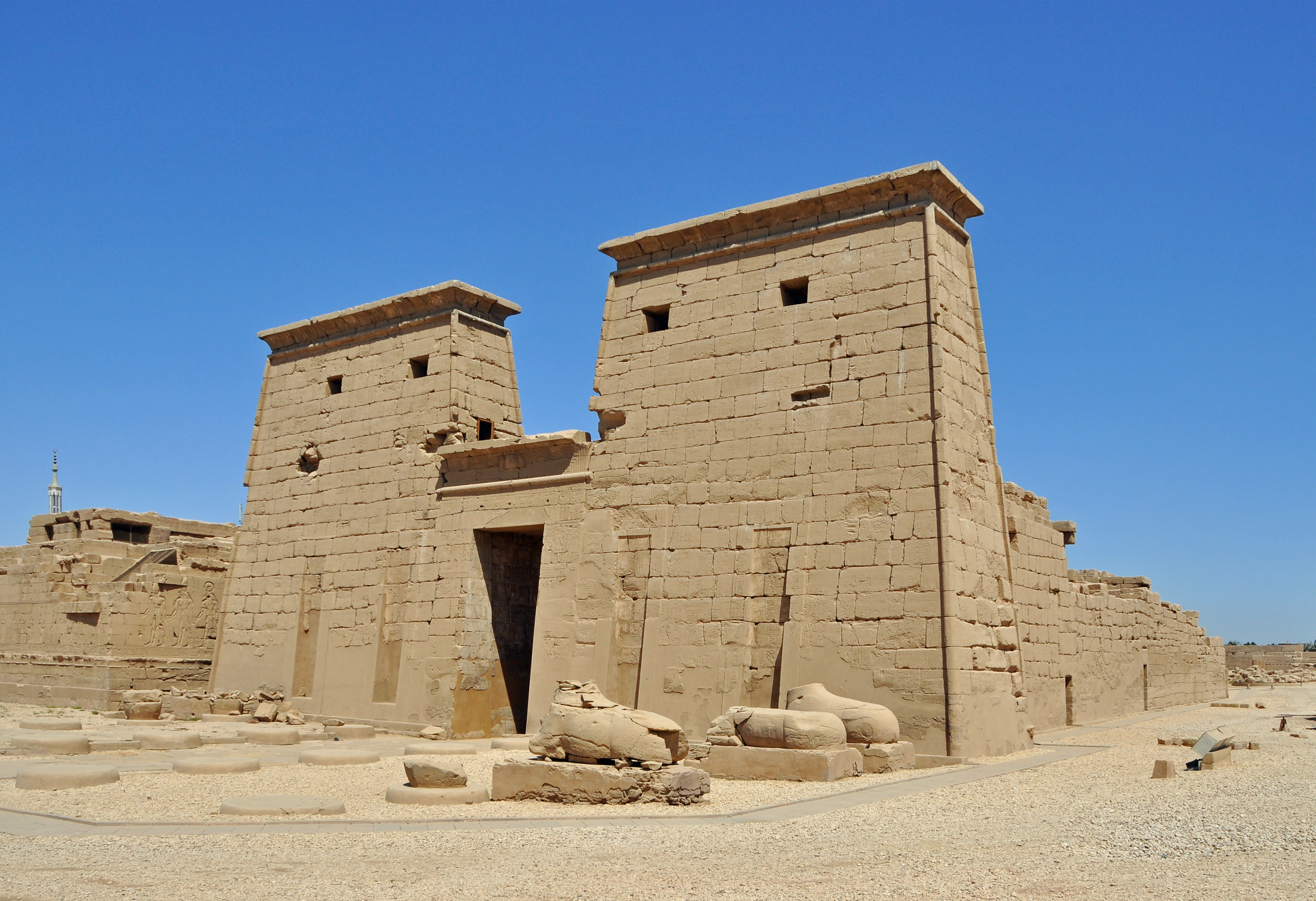Mythology and Origin Story
In early stories about Khonshu, he wasn't remembered as being an all giving God. On the contrary, he was remembered as being bloodthirsty and dangerous. He would work hand-in-hand with the deceased king to capture, kill, and feed on other gods in order to take their strength for himself, being known in the Coffin Texts as "Khonshu who lives on hearts". As the New Kingdom developed, however, things took a turn in which the people considered him the "Greatest God of Gods", and associated him with being actually quite compassionate. He offered great protection for the people, their livestock, and their lands. Additionally, stories describe him to have healed the pharoah Ptolemy IV, where they say he cleansed him of evil spirits. This time period is also when his name was officially defined as to travel and to cross, referencing his travels across the night sky.
Sources for this section:Myths that surround Khonshu:
-
Birth and Power: Khonshu was a part of the Theban Triad with his father, Amun, and his mother Mut. In this triad, Khonshu represents youth, renewal, and lunar energy.
-
Healer of the Sick: In one tale, Khonshu travels to Nubia to heal the daughter of the king. His successful intervention solidified his reputation as a divine healer.
-
Timekeeper of the Gods: Because the moon was used to measure months, Khonshu was seen as a guardian of time, aligning religious ceremonies and agricultural activities.

Iconography and Symbols
In ancient Egyptian mythology, Khonshu was viewed as a benevolent, youthful moon god associated with healing, time, and protection—a respected and positive deity, not a sinister figure.
Common symbols include:
-
Crescent Moon and Lunar Disk: The Lunar disk represents his dominion over the moon and time. This concept is one that is usually depicted above his head, either as a crescent or a full lunar disc.
-
Mummiform Appearance: Khonshu is often shown wrapped like a mummy, which emphasizes his divine and eternal nature. This links him with themes of rebirth and protection.
-
Falcon or Falcon-Headed Human: Khonshu is sometimes depicted with the head of a falcon, like Horus, the god of the sky. Sky-related deities often share this iconography, reflecting control over the heavens and celestial movement
Worship and Rituals
Worship and rituals for Khonshu in ancient Egypt were focused on honoring his power over the moon, time, protection, and healing. He was not one of the most widespread deities, but he held an important and respected place, especially in Thebes, where his cult thrived.
-
Lunar Fesitvals: Celebrations were aligned with lunar phases, especially the new and full moons. Rituals emphasized renewal, purification, and offerings to secure Khonshu’s favor and protection through the coming month.
-
Processions and Statues:During festivals, his sacred barque (boat shrine) would be carried in processions under the night sky, symbolizing his journey across the heavens. These events often included music, chanting, incense burning, and dancing.
-
Daily Temple Rites: Priests conducted daily offerings, including food, drink, incense, and sacred oils. Rituals included purification of the statue, dressing it, and reciting hymns and prayers.
Individuals prayed to Khonshu for good health, protection during travel, and relief from illness. Amulets and inscriptions with his name or image were used for warding off evil spirits and ensuring safe journeys at night.
Temples
Khonshu, though not as widely worshipped as gods like Amun or Osiris, had several important temples dedicated to him, most notably in Thebes (modern Luxor). His temples emphasized his roles as moon god, healer, and protector, and they were architecturally and ritually tied to the major religious centers of ancient Egypt.
-
Temple of Khonsu at Karnak: This temple is located within the larger Karnak Temple Complex, south of the Temple of Amun. It was primarily built during the New Kingdom, especially under Ramesses III in the 20th Dynasty. It features a pylon entrance, open court, hypostyle hall, sanctuary, and chapels. A few other items within the walls of the temple are well-reserved reliefs and inscriptions depicting rituals and offerings to Khonshu. This is the most significant and complete temple dedicated specifically to Khonshu. The image to your right depicts this particular temple.
-
Temple of Khonshu at Esna: This next place of worship is located in the Esna Temple complex, which is primarily devoted to Khnum. Khonshu appears in inscriptions and subsidiary chapels, often in association with lunar deities.

Legends
-
The Healer: A foreign ruler's daughter (possibly Nubian or Syrian) fell gravely ill. Her father prayed to Khonshu of Thebes. A statue of Khonshu was sent abroad, and upon its arrival, the girl was miraculously healed. Out of gratitude, the foreign king built a shrine to Khonshu, and the statue later returned to Thebes. This highlights Khonshu’s divine healing powers and his international reputation.
-
Khonshu and the Lunar Cycle: This myth is more symbolic and implicit rather than narrative. The phases of the moon were seen as Khonshu’s journey across the heavens, waning and waxing as he "travels" and "rejuvenates." The full moon symbolized that his power was at it's peak, while the new moon represents his invisibility or descent into the underworld, echoing themes of death and rebirth. THis cycle may have tied him to Osirian motifs of regeneration, though Khonshu himself was not a death god.
-
Khonshu as Protector Against Evil Spirits:Magical texts describe Khonshu as a defender against demons, especially those active during the night. His presence and name were invoked in amulets and spells to protect travelers at night, Ward off nightmares and diseases, and ensure safety in the lunar darkness. In some versions, he is depicted as banishing or binding malevolent spirits with his power.
As the son of Amun (creator god) and Mut (mother goddess), Khonshu completes the triad as the youthful symbol of renewal. He represents the cyclical continuity of life, just as the moon continuously renews itself.
